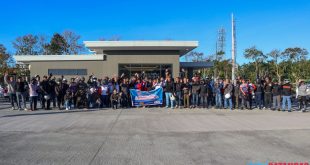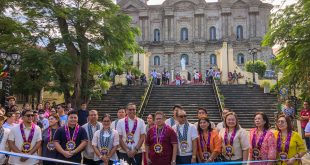Visit the Taal, Batangas page for all information on Taal.
What you are about to read is the history of Taal recorded from ancient times.
In 1572, Fray Diego Espinas, serving as both priest and Capitan, founded Taal, which was then located along the coast at Balangon.
In 1581, with Taal as its capital, the province of Batangas was founded which originally covered southeast Laguna, parts of Camarines, Mindoro and Marinduque.
From 1597 to 1732, Balayan was designated as the capital of the province. In 1732 Taal was again made the capital of the province of Batangas. However, Taal Volcano’s most violent eruption on August 11, 1749 completely devastated the town.
In 1754, the town once again moved to its present location overlooking Balayan Bay where the shrine of Caysasay was originally located. It was also at this time that the provincial capital was moved to its present location of Batangas City. In 1861, Taal was divided into three (3) towns: San Genaro (what is now Lemery), San Luis and present day Taal.
Taal’s name has been translated as “native”, “real”, or “true” to Bornean settlers. Some old folks believe that the name originated from the wild palm trees on the shores of the lake and along the banks of the Pansipit River known as Tal-an, while others believe it was derived from Ta-ad, an old Batangueño term for sugar cane points.
A robust coffee trade became the money pot of the town in the last half of the 19th century which gave rise to a wealthy merchant class. Thus, there was a boom in the construction of grand houses made of adobe stone (bahay na bato) and other more imposing facades as the Basilica of St. Martin de Tours.
Source: Taal Government Website.
Last Updated: September 6, 2013
 WOWBatangas.com Your Source of Great News and Stories from the Province of Batangas, Philippines
WOWBatangas.com Your Source of Great News and Stories from the Province of Batangas, Philippines



